Everything You Should Know About Your RCA Cable And Its Importance
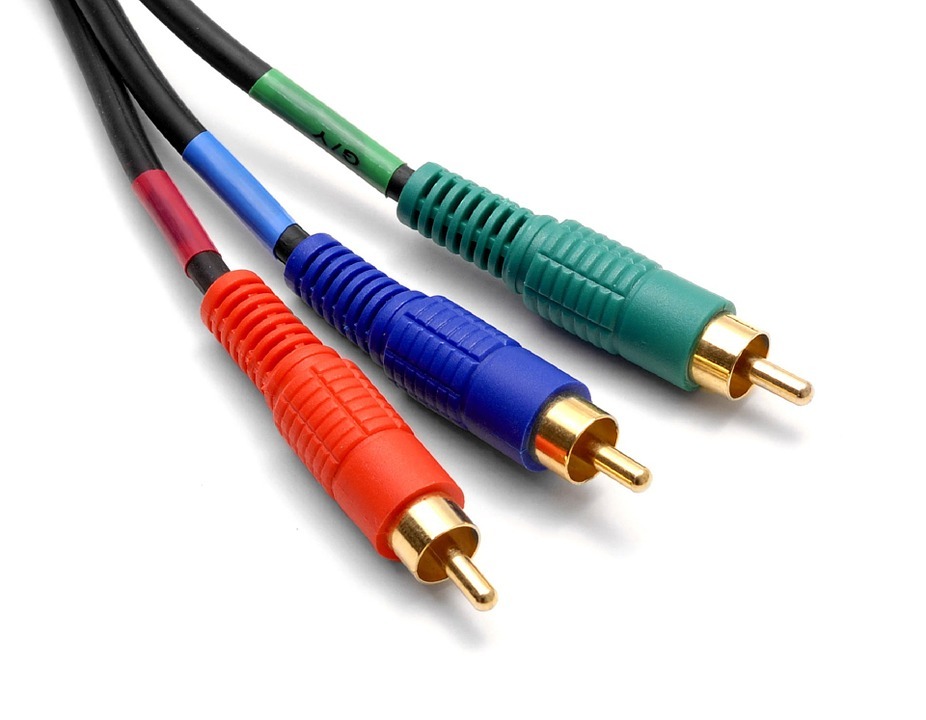
Has your collection of electronics and various devices left you with a confusing tangle of cables? Not sure if that all-too-familiar RCA audio cable even has relevance in today’s day and age? Even if you’ve started to think that the RCA cable is on its way out the door, soon to be a relic of the past, it has an interesting history and still finds use today. Read on to learn all that you need to know about this connectivity mainstay.
What Is an RCA Cable?
An RCA cable is a cable that when pictured you are likely to easily recognize. An RCA connector is a bridge of sorts when you think about it. It connects two devices together. These analog cables are electrical connectors, and their most common use is for carrying video and audio signals between various devices.
RCA cables are great for an analog system as they transmit analog data. Meaning, you likely found yourself using them more frequently before television signals switched from analog to digital in 2009. They are generally used on televisions to connect devices such as cd players, VCRs and gaming consoles.
RCA cables must be known in single-, double- and triple-plug designs, with the three-colored triple variety being one of the most recognized setups. A double audio RCA cable is comprised of one red plug and one white plug, while the triple version has the addition of a yellow plug. We will explain the color codes later on!
A Brief History
During the 1940s, RCA or Radio Corporation of America was the first company to use the cables. The company’s phonograph was the first device to have an RCA port. RCA’s innovations in television included developing the electronic television system in the 1930s; The color television system in the 1950s. The use of RCA cables grew along with the popularity of these devices, as they allowed for transmitting video and audio between televisions and other electronics, such as speakers and VCRs.
Although it was likely thought at the time that the creation of these cables was a minor accomplishment for RCA, they are still used in the present. Even though the newer technology exists and is more sought out, the RCA cable still retains a sense of usefulness.
Cable Anatomy
If you aren’t familiar with what lies inside a simple cable, it may surprise you to learn what they house within. Starting from the inside out, the conductor rests at the very center of the cable. This is the carrier of the signal. The next cable layer is the dielectric, which is an insulating material located between the conductor and the shielding.
This insulator works to protect the signal. Next comes the shielding. The shielding blocks noise-causing interference from reaching the conductor. Last, but not least, is the outer jacket. This is the protective and visible outer layer of the cable that protects it from damage.
Types of RCA Cables
There are different types of RCA cables that can work to serve different purposes. The two most commonly used are composite and component cables. Explore the differences between the two below.
Composite Video
This type of video is analog, meaning that it’s non-digital. All the video data is carried in one signal with composite video. Composite RCA cables are typically red for the right-side audio, white or black for the left-side audio, and yellow for the video. The video signals in the composite are generally standard definition. This means they are not compatible for use with either HD analog or digital signals.
Component
Capable of higher resolutions than their composite video counterparts, component RCA cables are sometimes used on HD televisions and are more sophisticated. You’ll see these three colors in the RCA cable:
- Red
- Green
- Blue
They consist of two audio lines that are usually red, and then white or black. To avoid confusion, the red audio and video lines often contain a second color so that they can be distinguished from each other.
4 Factors To Keep in Mind When Purchasing and Using Your Cables
When comparing the price, quality, and performance of RCA cables, there are several impactful factors to consider. See the top four listed below.
1. Materials Used for Cable Build
The most common materials used for RCA cable connectors are silver, gold, and copper. Each has their own benefits and drawbacks. Gold can command a higher price tag, while silver and copper tend to be less expensive. When it comes to oxidation, gold is the least prone to show this damage, with silver coming in second.
Copper is the most likely to suffer from oxidation. Comparing the electrical conductivity of the conductors, silver takes the top prize with copper falling just behind. Gold actually comes in well below both of the other two on the scale of electrical conductivity. Taking all of this into account, silver is usually a suitable choice when you have an option.
2. Length of the Cable
This may be something that you’ve never put much thought into, as the cables that come packaged with electronics are long, but too-long cables can actually hinder your signal quality. If your cable is far too long, the signal must travel a further distance than necessary, lowering the signal strength and affecting the quality of the output.
On the flip side, the problem with a cable that’s too short is pretty obvious. If it can’t reach where it needs to go then your RCA cable will be useless. When shopping for new cables, it is best to measure how long your cables need to be before you make a buy.
3. Shielding
Some cheap cables included with electronics lack the robust shielding needed for a clear signal. The best option will be double or triple shielding.
4. Mind the Opposite End
To avoid by any electrolytic reaction ensure that the material used in the cable end (gold, silver or copper) matches in connectors. Mismatching the metal materials can result in a negative reaction.
Uses for Your RCA Cables
Most devices making the transition to digital and with the growth of the more modern HDMI cable, RCA cables are no longer the go-to as they once were. Even though this is the case, it doesn’t mean that they can’t still serve a purpose today. These devices are still widely used for connecting many different video and audio. They can be helpful in connecting devices such as stereos to speakers or camcorders to televisions for a couple of examples.
As they send only analog signals, they will generally do their job well with older televisions and devices, and with ones that are not digital.
Converting HDMI to RCA
It’s possible to blend both newer and older technologies with the right cables and equipment. If a device, such as a DVD player or gaming console, has an HDMI, or High Definition Multimedia Interface, but your television has RCA jacks, an HDMI to RCA cable may be the ticket to allow for connectivity between your devices. Pay attention to the products you shop, as not all cables will convert signals between the two if they differ. In some instances, a converter box may need to achieve the desired results.
Converting VGA to RCA
There are also instances when converting from VGA, or Video Graphics Array, to RCA could be helpful or necessary. VGA is a type of display hardware was found in computer hardware accelerators, HD televisions and video cards.
Examples of when you may opt for a VGA to RCA cable include if you wish to connect a computer with a VGA connector to a television with RCA connectors, or if you have a newer television without RCA outlets that you wish to connect to older devices. Once again, like an HDMI to RCA cable, the VGA to RCA variety may must a converter box to function, so mind the products’ abilities and your needs before purchasing.
As you can see, the RCA cable enjoys an intriguing history with staying power that dates back to the 1940s. When you think about how technology changes, it’s quite impressive that this piece of equipment has managed to stand the test of time to remain a useful tool.
Although, with our omit changing times, the rise of digital devices and the never-ending drive towards wireless technologies, it’s no wonder that you find yourself reaching for RCA cables less and less. Even though they may no longer be needed for connectivity with every device in your home, they still have a place and you are likely to have a use for them at one time or another.

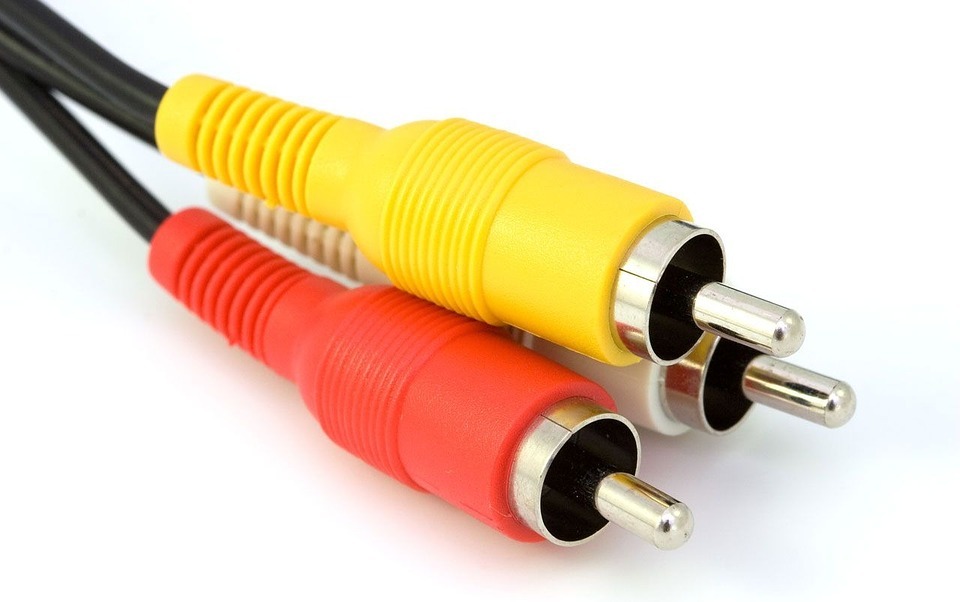
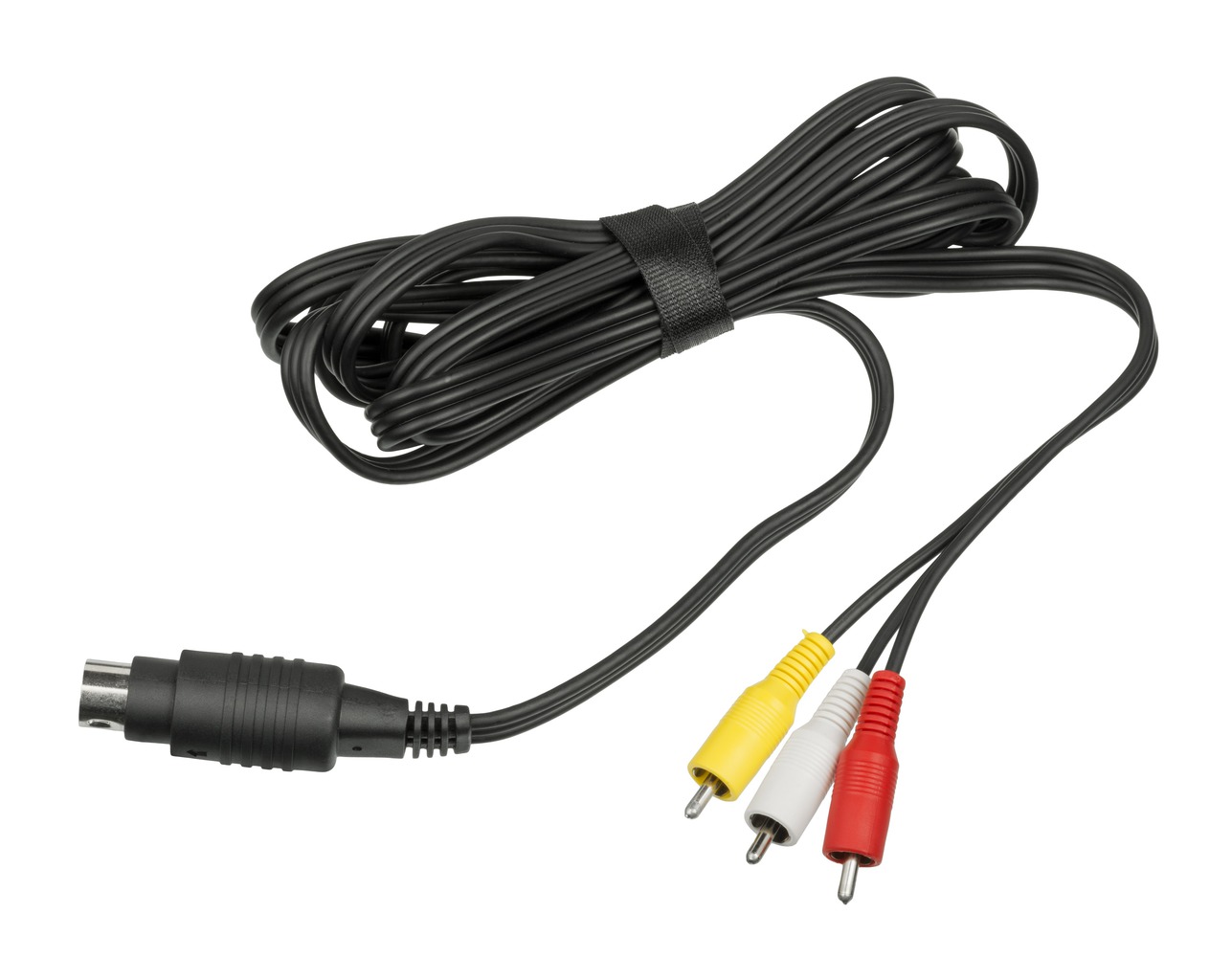
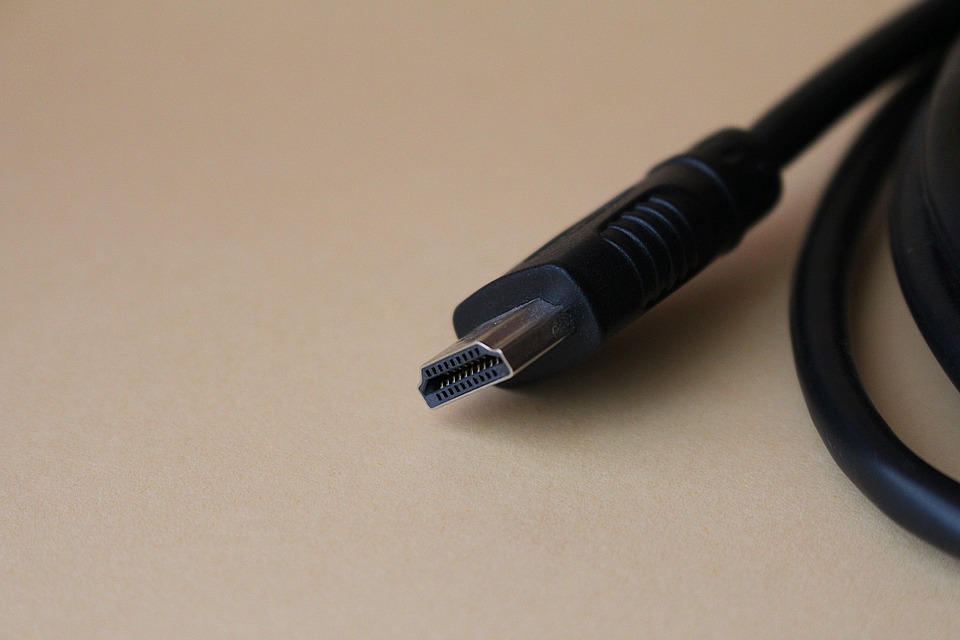

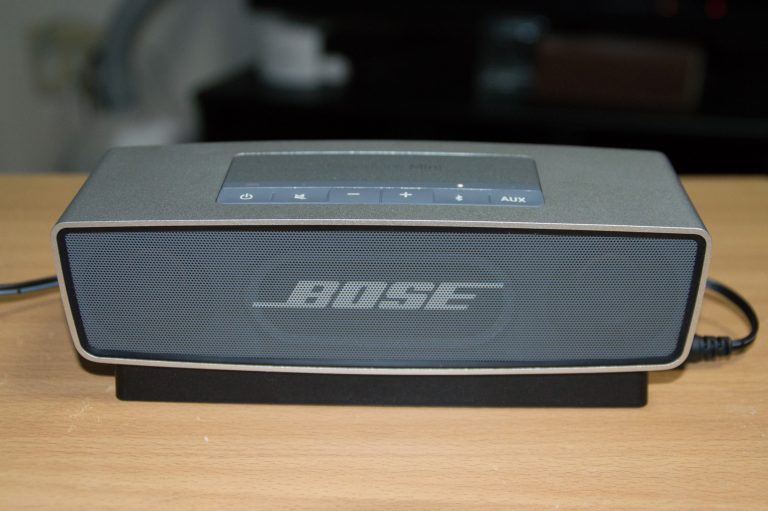
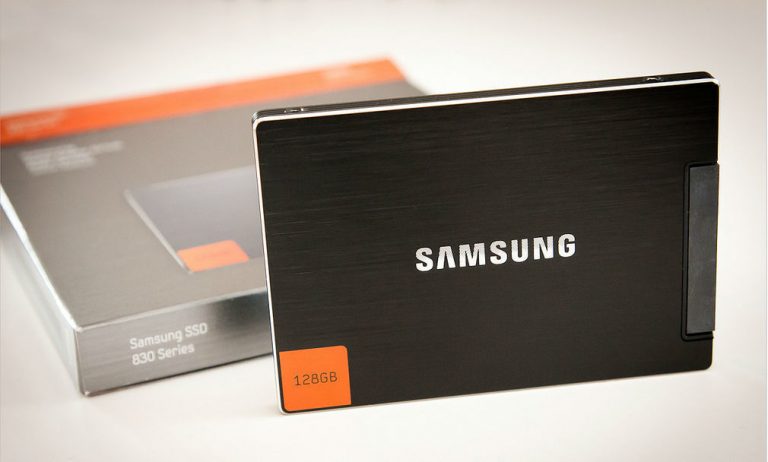
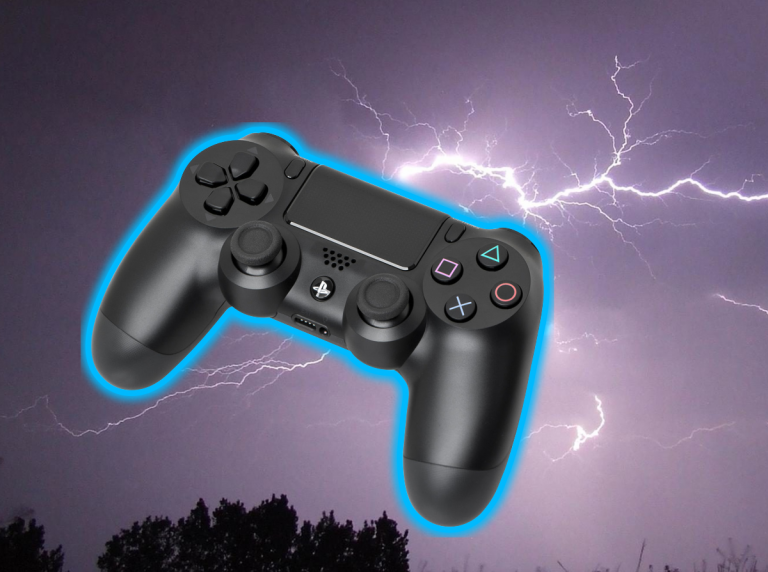
![Top 9 Thunderbolt Adapters to Buy [2018]](https://hddmag.com/wp-content/uploads/2017/04/best-thunderbolt-adapters-768x375.jpg)
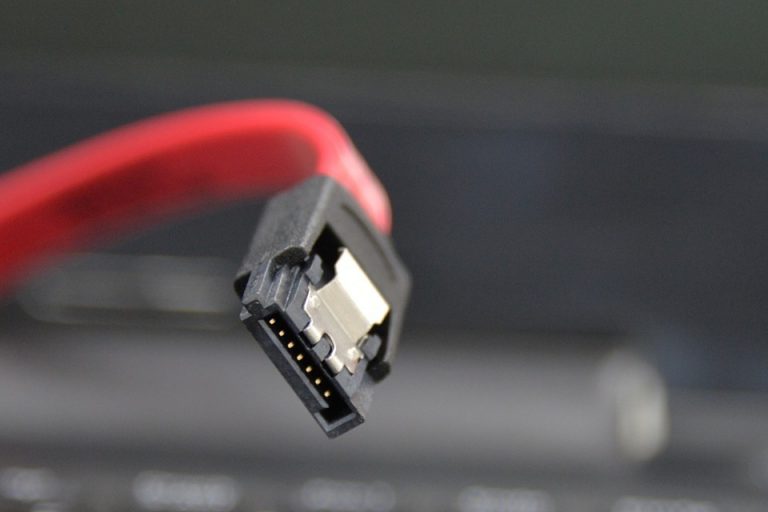
Is it true that the first rca cables came out in the 1940s